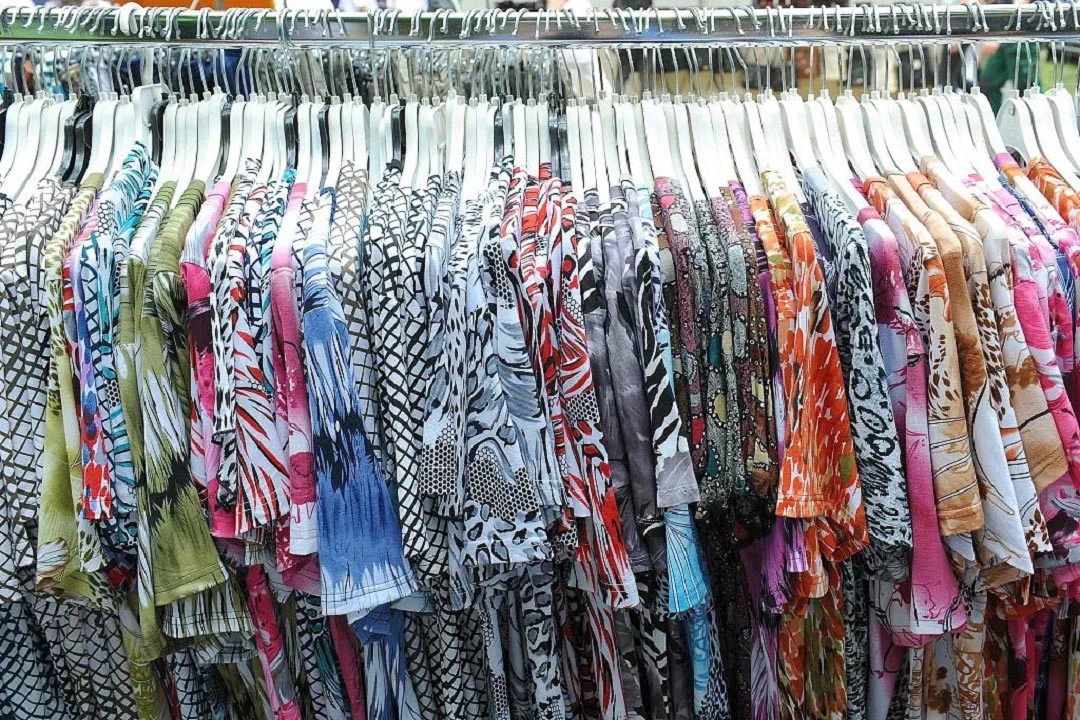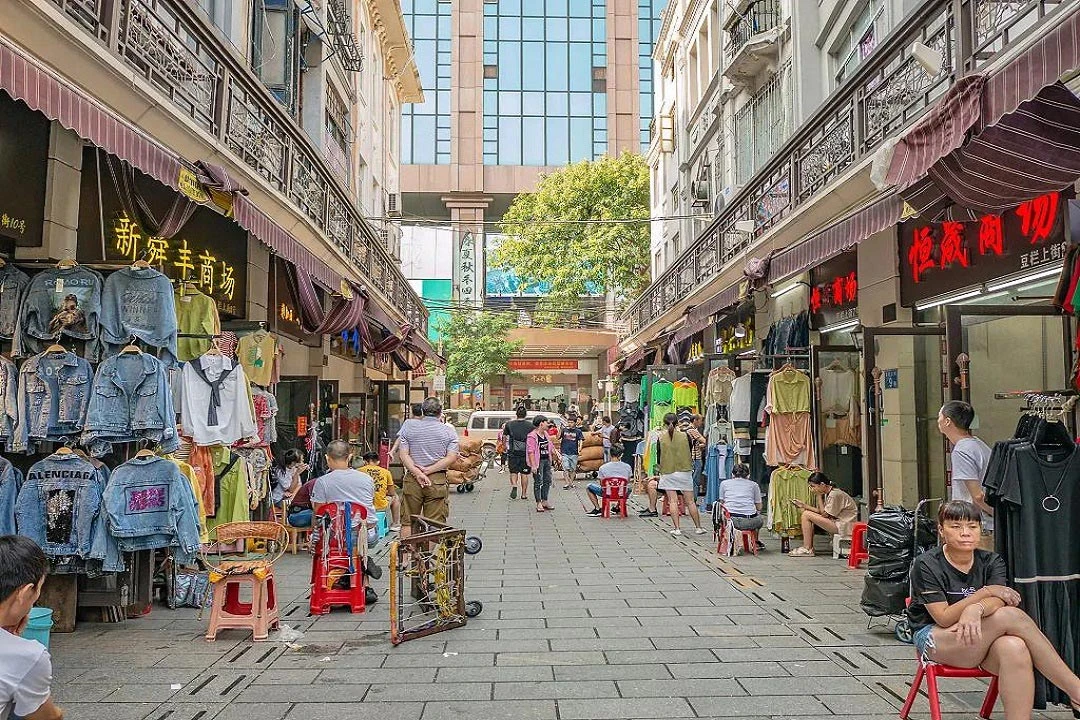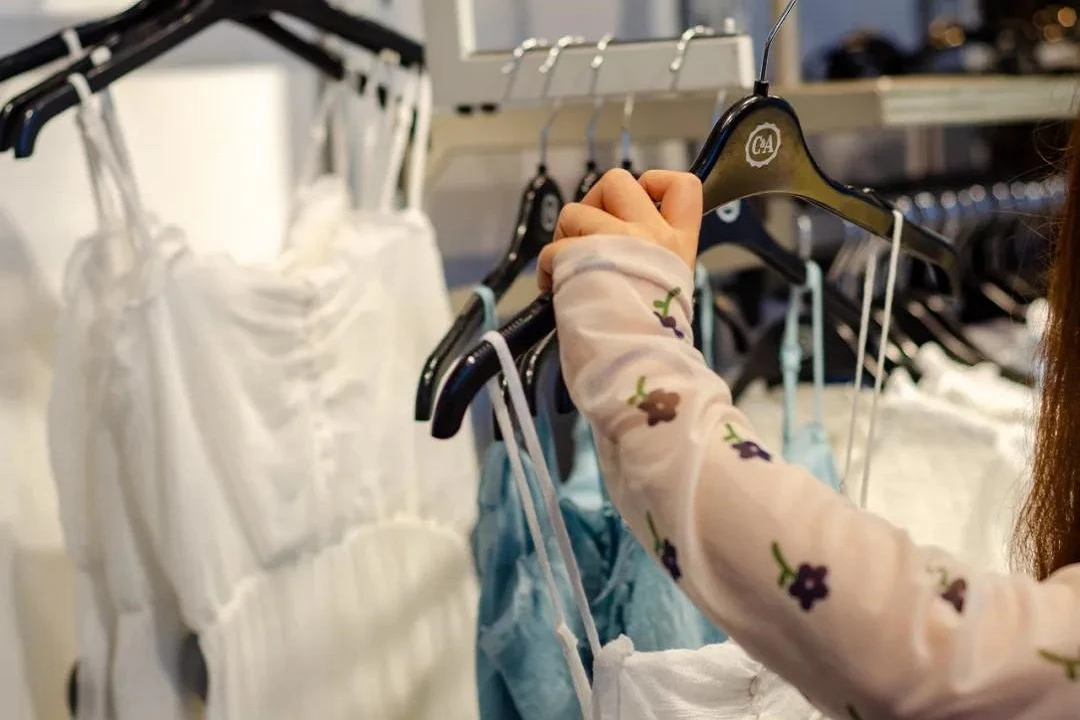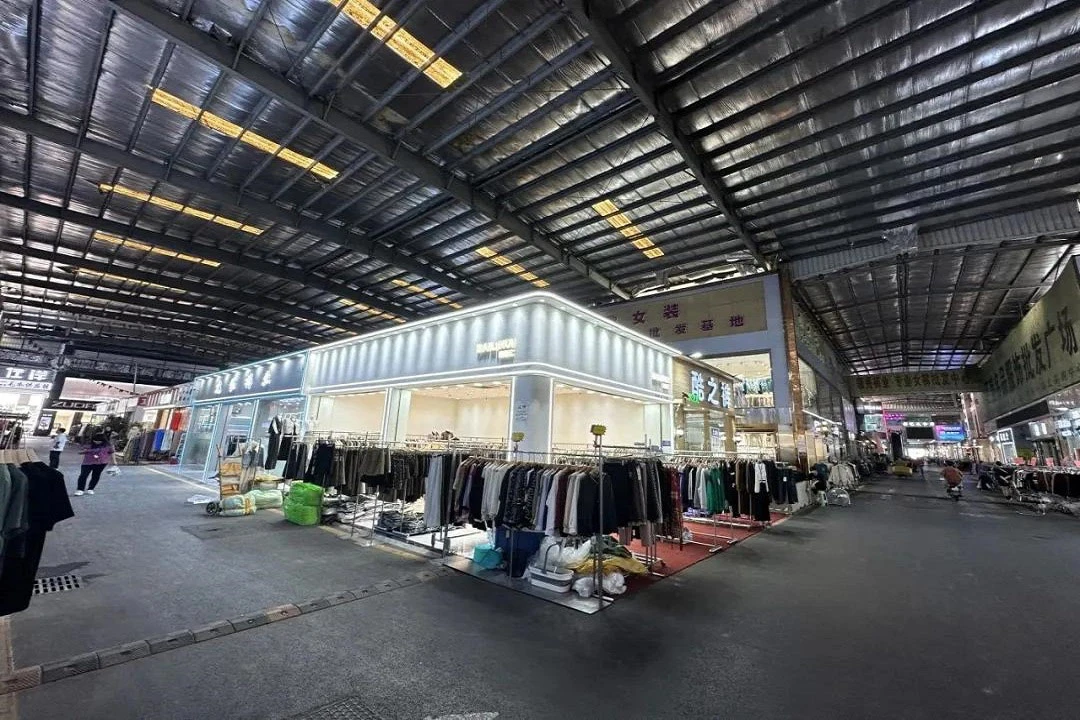Guangzhou, a city known for its historical richness and modern vibrancy, offers travelers an unexpected twist in the form of its wholesale clothing markets. Unlike conventional tourist attractions, these markets provide a glimpse into a different facet of Guangzhou’s cultural and economic tapestry. For those willing to venture beyond the beaten path of traditional sightseeing, a visit to these markets promises an adventure through both affordability and cultural immersion.
"Guangzhou locals might laugh at me for my lack of experience, but the prices in their wholesale markets are so low, I once thought the sellers were engaging in charity work," exclaimed blogger "Xinjiang Sister Mao (新疆茅姐)" after exploring Guangzhou's bustling clothing wholesale markets.

What Does It Mean to "See the World"?
Some say it's about visiting big cities and witnessing their vibrant diversity. Others believe it's about stepping out of one's comfort zone and expanding one's horizons. And some think it's about experiencing various cultures and recognizing one's own insignificance.
In Guangzhou's clothing wholesale markets, you can experience the world in many ways. Famous markets like Thirteen Hongs (十三行), Baima (白马), Huime (汇美)i; those encouraging originality like UUS, APM, Hongmian International (红棉国际); and the affordable paradises like Zhanxi (站西), Qingfeng (庆丰), and Hongxing Village (红星村). Whether you categorize them by style, quality, or region, Guangzhou's wholesale clothing markets can create a unique tourist route for you.
If you define "seeing the world" by unique experiences, Thirteen Hongs and Shijing tail goods market stand out. Exploring these areas, you will not only discover the true depth of clothing prices but also experience the unique lifestyle of Guangzhou locals and the world's vast diversity.
The Historical Essence of Thirteen Hongs
The historic Thirteen Hongs, once the epitome of wealth and power during the Qing Dynasty, reflect Guangzhou’s rich mercantile heritage. Originally reserved for merchants of substantial means, these hongs symbolized opulence and influence. Over time, they transitioned from a closed merchant system to becoming a cornerstone of Guangzhou's renowned clothing trade.
Thirteen Hongs was born with a silver spoon in its mouth during the Kangxi period, with the emperor setting "well-off family background" as a basic requirement for merchants. Hence, merchants in Thirteen Hongs were already wealthy. By the Qianlong period, they were even richer. The head of Thirteen Hongs, Pan Zhencheng, was once praised as the "world's richest man" in an 18th-century French magazine. Later merchants like Wu Bingjian and Liang Jingguo were granted high official ranks by the imperial court.
There’s a saying that half of the transaction amount in Thirteen Hongs went to the central government, and the other half to the local government, making it wealthier than the Ministry of Revenue. Though this is folklore, the Western-Chinese hybrid architecture, colorful Manchu windows, and the exhibits of ivory, silverware, and lacquerware make Thirteen Hongs a worthwhile visit even today as a tourist spot.
The Modern Empire of Thirteen Hongs
As history progressed, Thirteen Hongs fell from its pedestal after the collapse of the trade system but was resurrected during the Reform and Opening Up period. It emerged as a renowned national clothing trade market. At 5 or 6 in the morning, shop shutters are lifted, and suppliers, buyers, and porters hustle through the streets. The chorus of "boss" in various accents echoes through the alleys.
“Women’s money is always the easiest to earn, and the women in Thirteen Hongs are the best at making money,” summarized a man who had spent years in Thirteen Hongs. To him, Thirteen Hongs is a world dominated by women. In this world, there are rules. Thirteen Hongs is seldom original, but a quick glance can reveal the season’s trends. Signs proclaiming "no retail" and "three pieces for 100 yuan" are ubiquitous.
Bargaining in the Thirteen Hongs Jungle
New arrivals and retail options are pricier, but usually under 200 yuan per piece. The same price on e-commerce platforms might not fetch the same quality, which is a temptation few can resist.
Seasoned shoppers prepare a few industry terms, like "how to take this?" The word "take" versus "buy" marks the difference between a merchant and a regular consumer. Timing purchases during mid-year or year-end clearances can result in sweeping deals on items that once required bulk purchases. It’s possible to get mall-quality clothing for a fraction of the price.
Women dominate the scene, especially in the prestigious New China Building, a well-known women’s clothing wholesale market. Unlike the friendly store assistants in malls, these female bosses are assertive and direct. “Boss, what do you want to take?” they might ask, all while managing orders and dealing with their staff firmly.
The Economy of Tail Goods at Shijingwei (石井尾) Market
For those seeking deeper discounts and a glimpse into Guangzhou's post-industrial trade dynamics, Shijingwei Market stands out as a significant destination. Here, surplus stock from larger markets like Thirteen Hongs finds new life, offering goods at even lower prices. Shoppers can expect to find everything from clothing to shoes and accessories, often at a fraction of their retail cost elsewhere.
Following the path of clearance sales, unsold branded clothes are transported to Shijing tail goods market, where they are stripped of labels and sold as unbranded items. Major wholesale markets here include Magang Clothing City, Qingfeng Clothing City, Guangda Clothing Trade City, Yinma International Clothing City, and Jindong International Clothing City.
Yinma, in particular, is known for its clearance goods. Clothes are sorted by quality and price, ranging from 19 to 290 yuan per piece. Spending a few hundred to a few thousand yuan here can yield hundreds of pieces of clothing, perfect for personal use or for reselling through small businesses or live-streaming sessions. For a taste of the thrill of buying cheap branded goods, visit Jindong, which supports retail and single-item shipping. With just a hundred yuan, you can solve all your clothing needs in one trip.
A Different Kind of Tourism
Visiting clothing wholesale markets might sound unconventional, but it's akin to last year’s Citywalk or this year’s "park daze theory (公园发呆理论)." People aren't just seeking cheap thrills; they crave the freedom to indulge and relax. The markets open as early as 5 or 6 AM, with vendors bustling to prepare for the day ahead. The lively exchanges between sellers and buyers, conducted in various regional accents, add to the market's dynamic atmosphere.
In these wholesale markets, a philosophy of life emerges that transcends economic status. Whether you're a seasoned negotiator or a curious traveler, the egalitarian spirit of these markets prevails. Everyone, regardless of background or attire, is treated equally. The emphasis is on quality and affordability rather than brand prestige—a refreshing departure from conventional
In Guangzhou, the rich and the poor shop side by side without judgment. The wholesaler market levels the playing field, where everyone is treated equally regardless of their background. Exploring these markets reveals the essence of Guangzhou's lifestyle philosophy: a blend of practicality and relaxation, free from pretensions. The real treasure isn't the brands but the value for money, the genuine quality you can see and feel.




